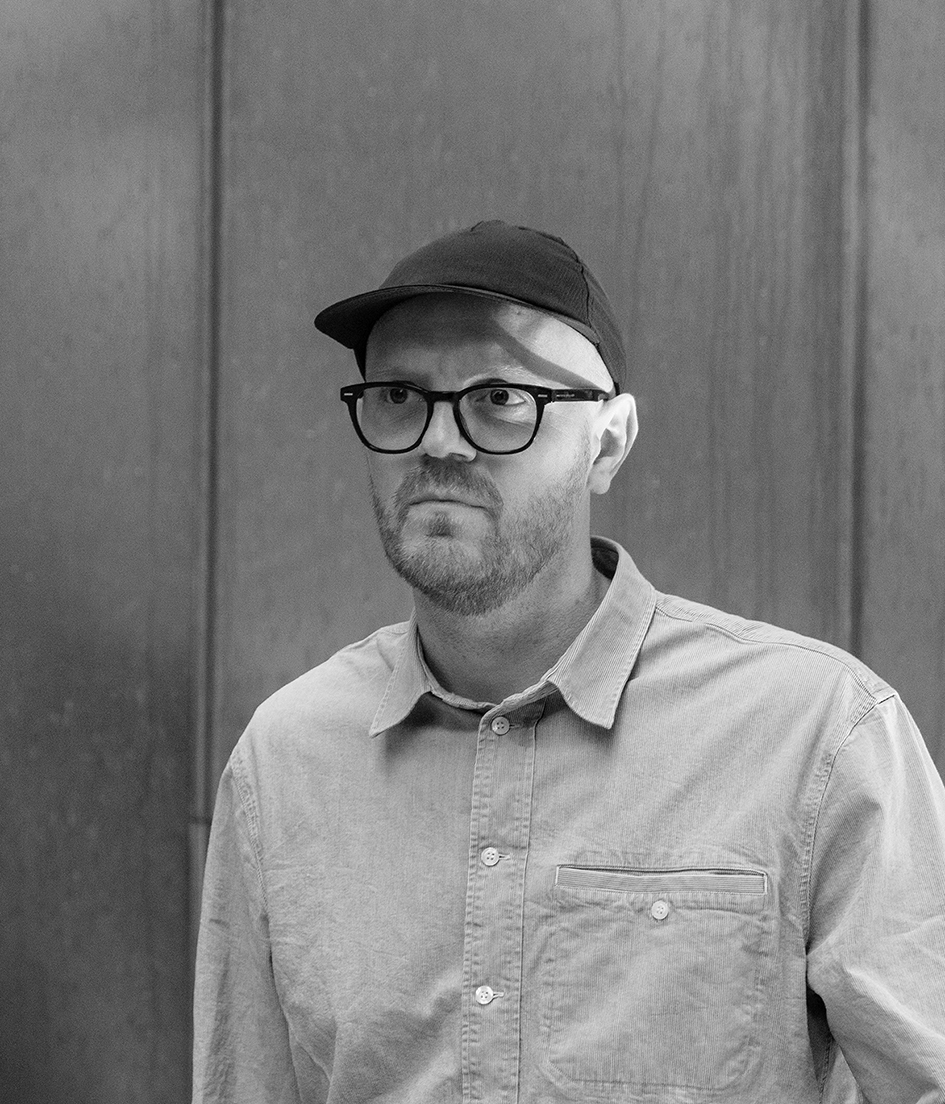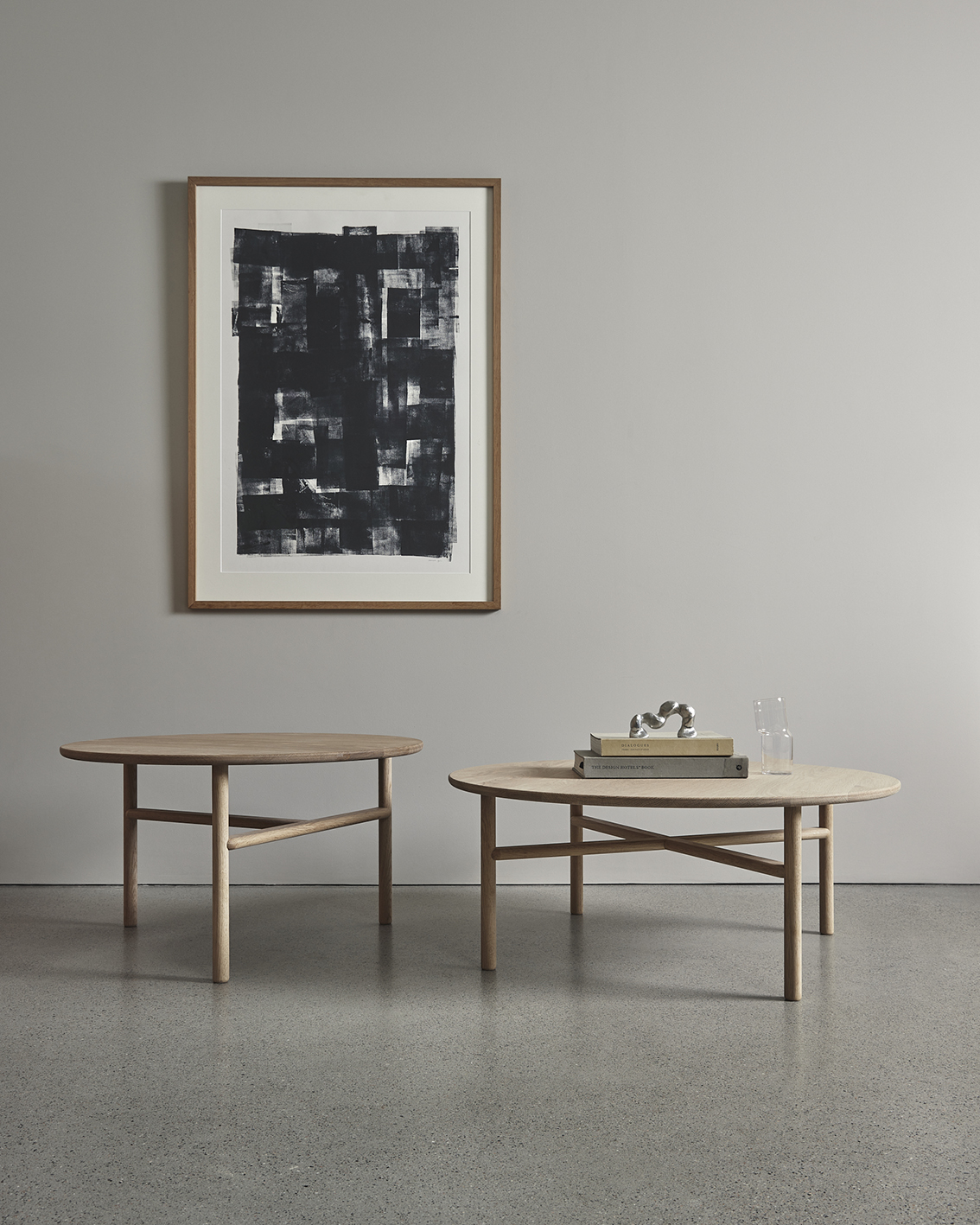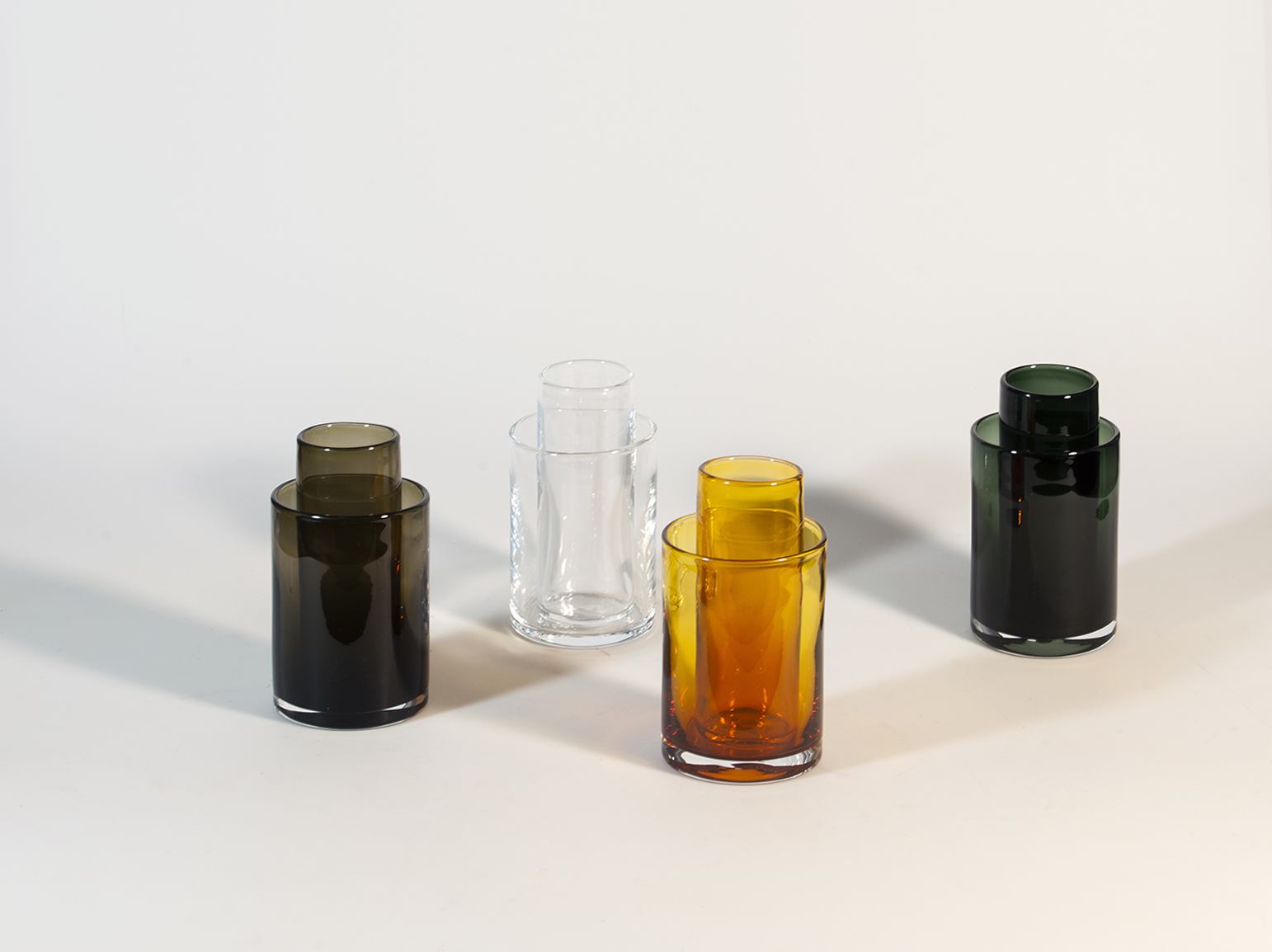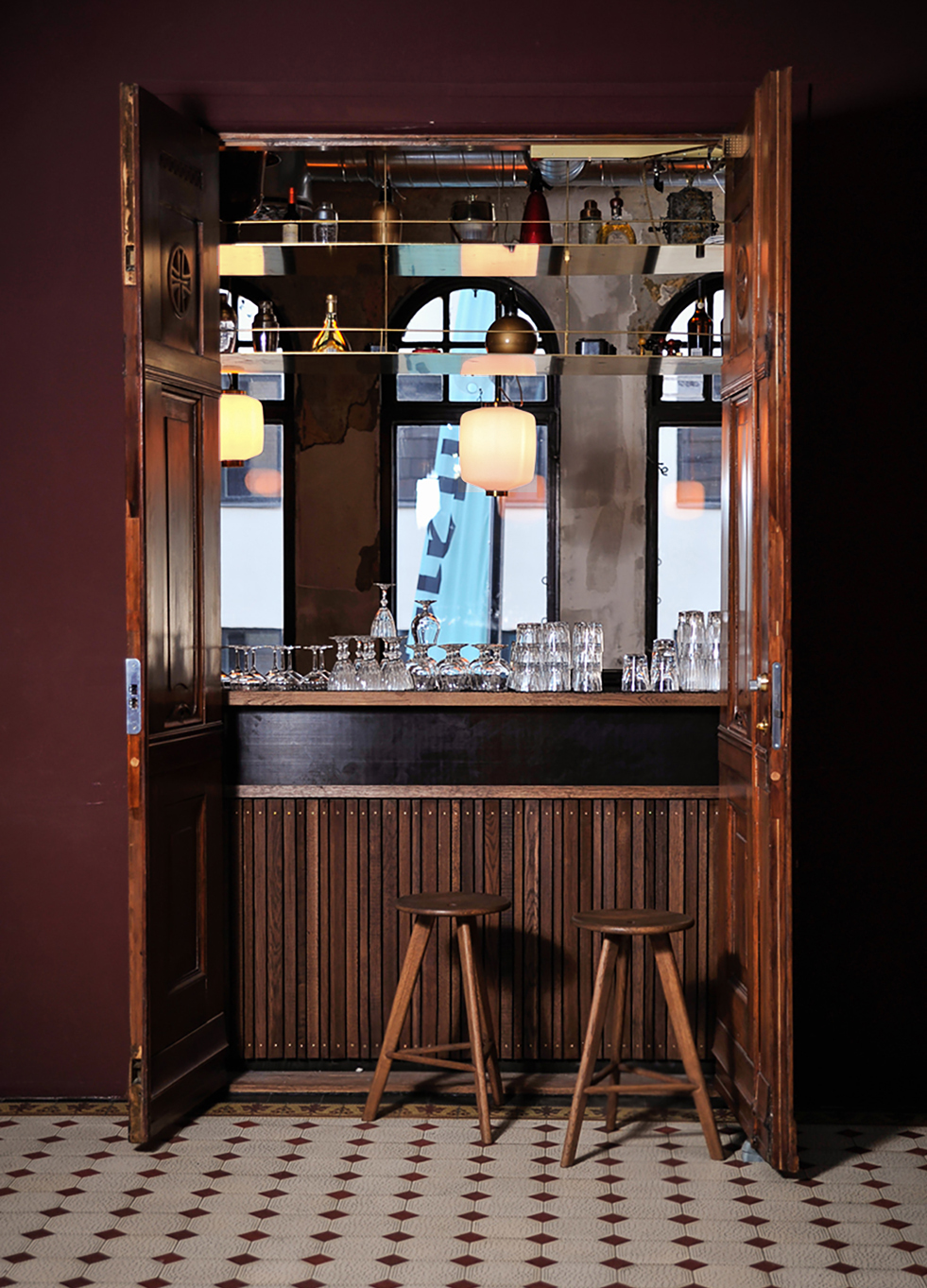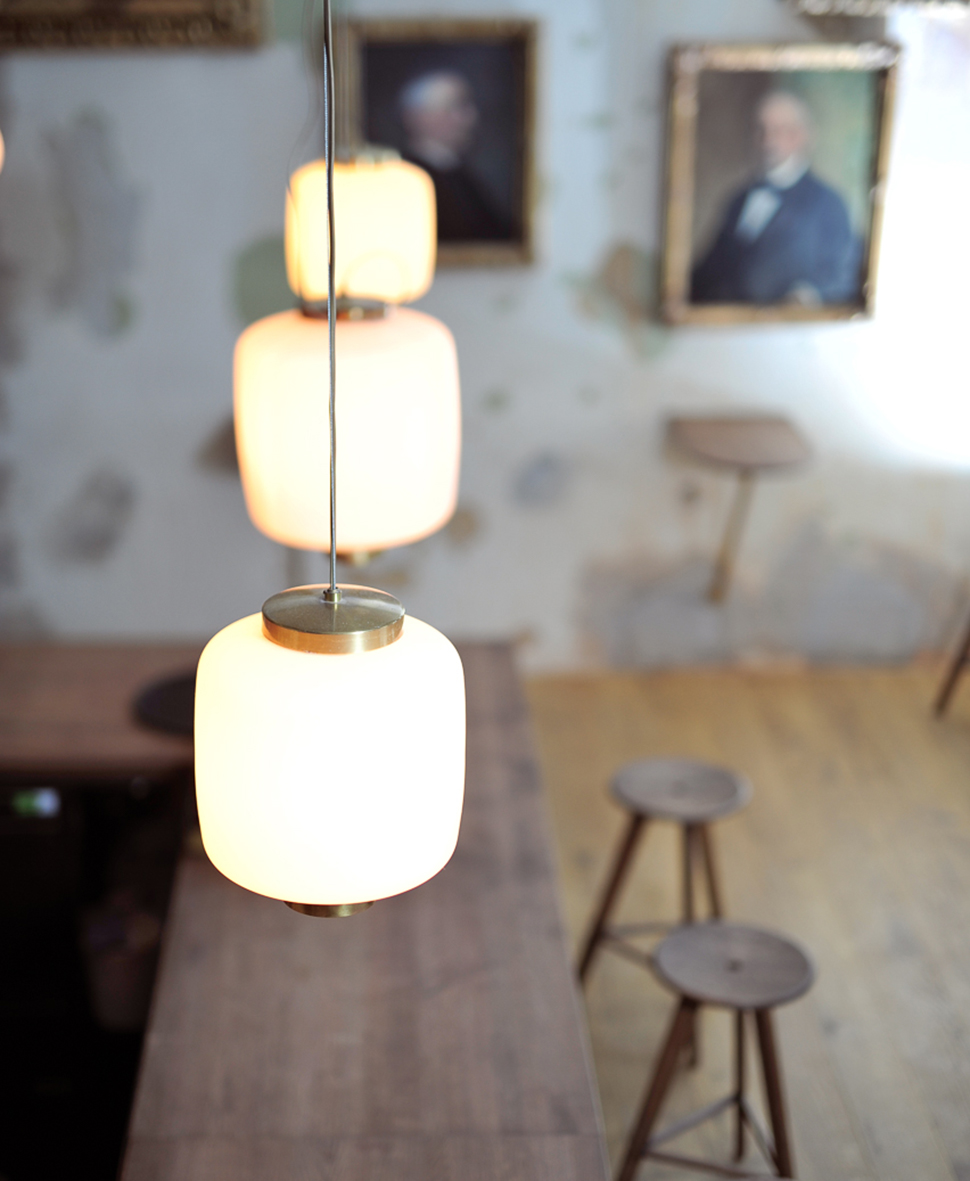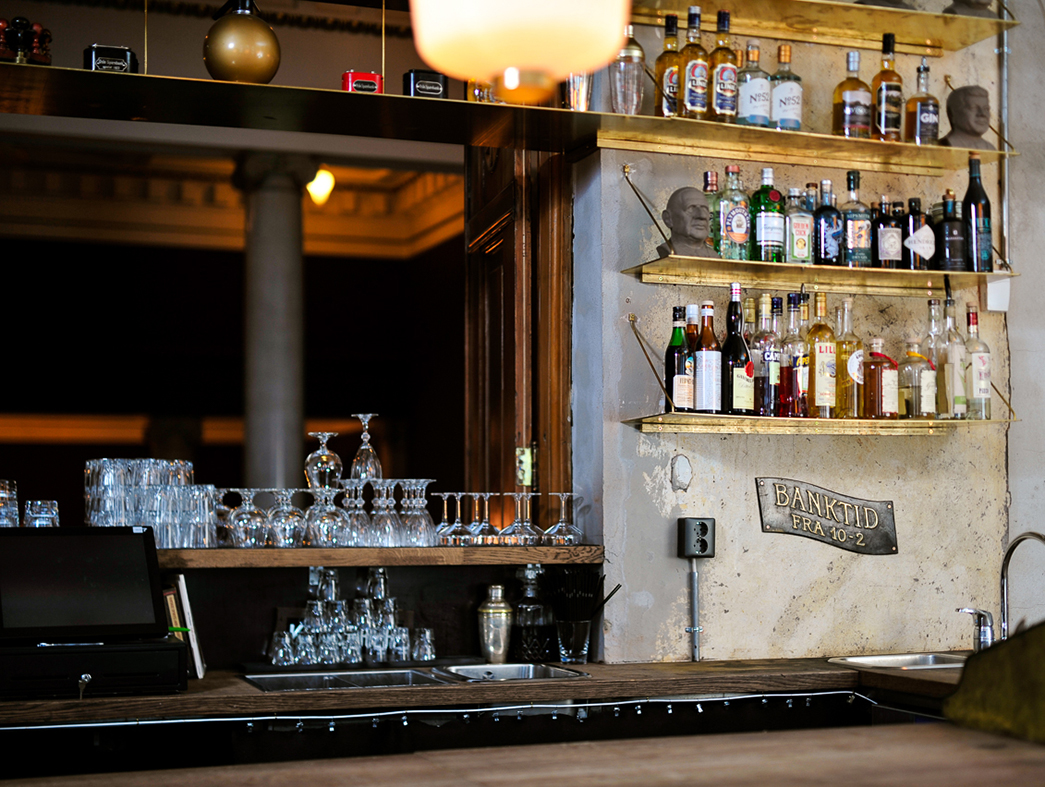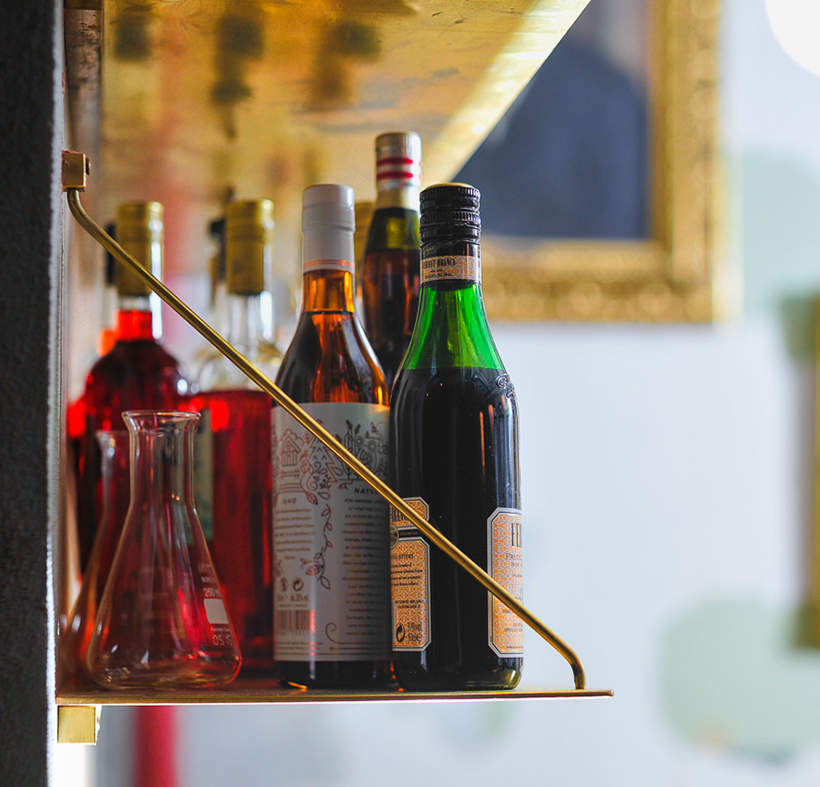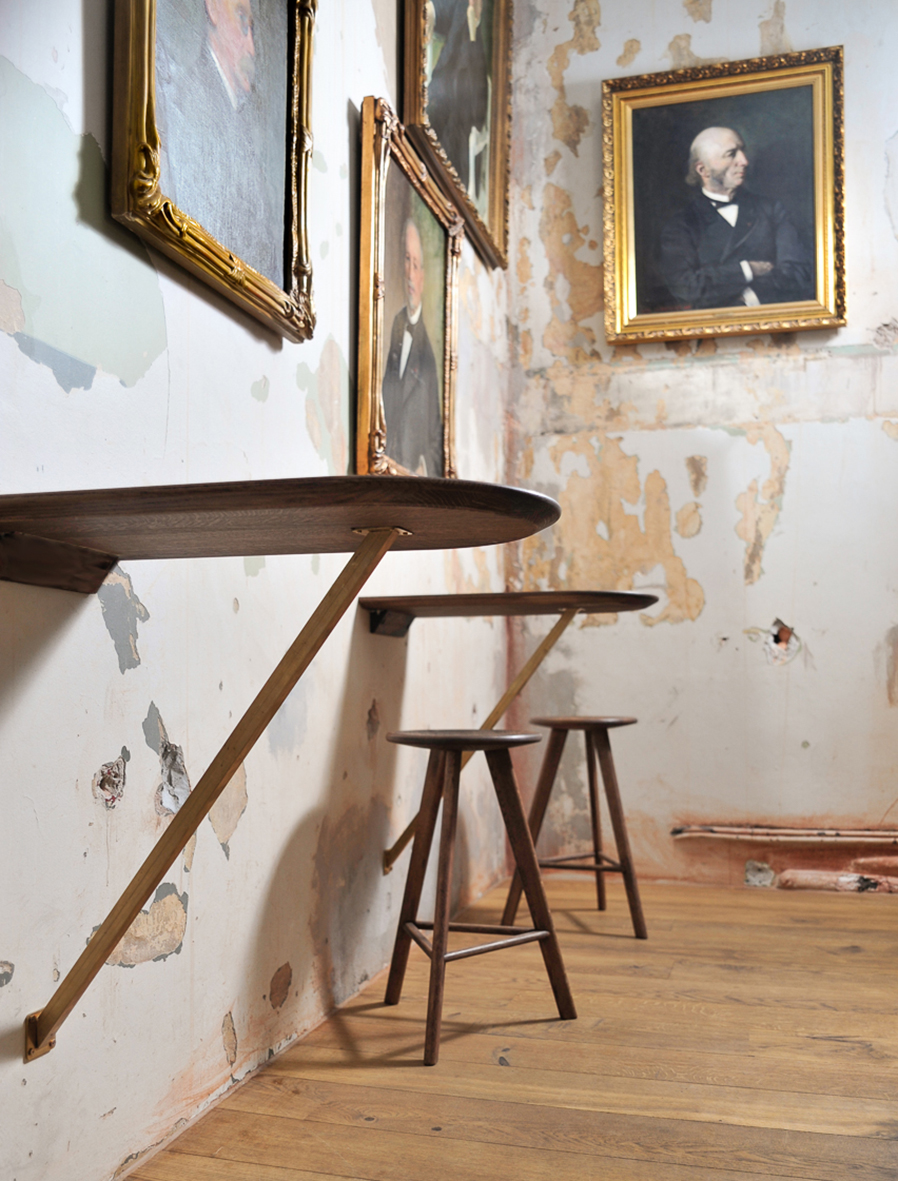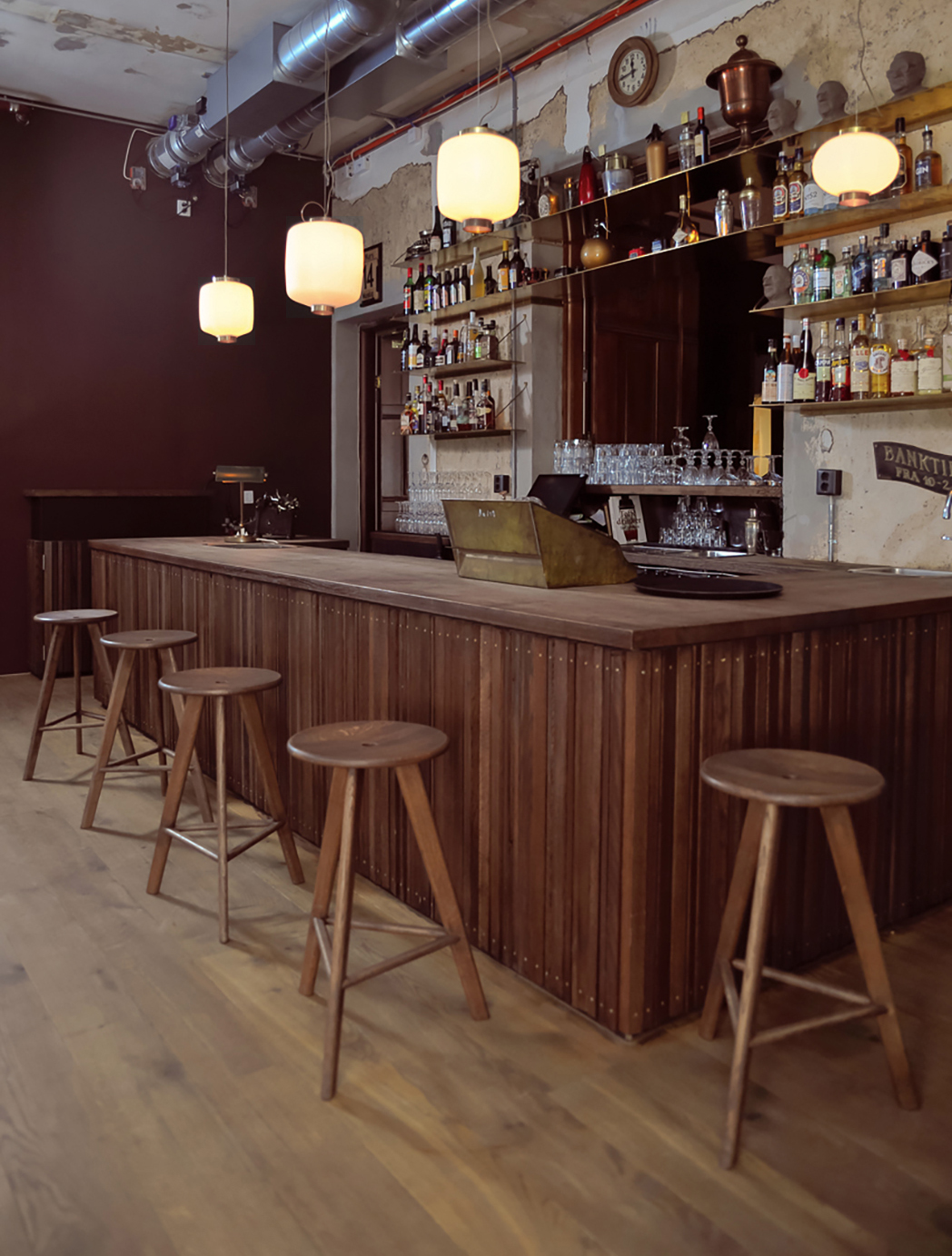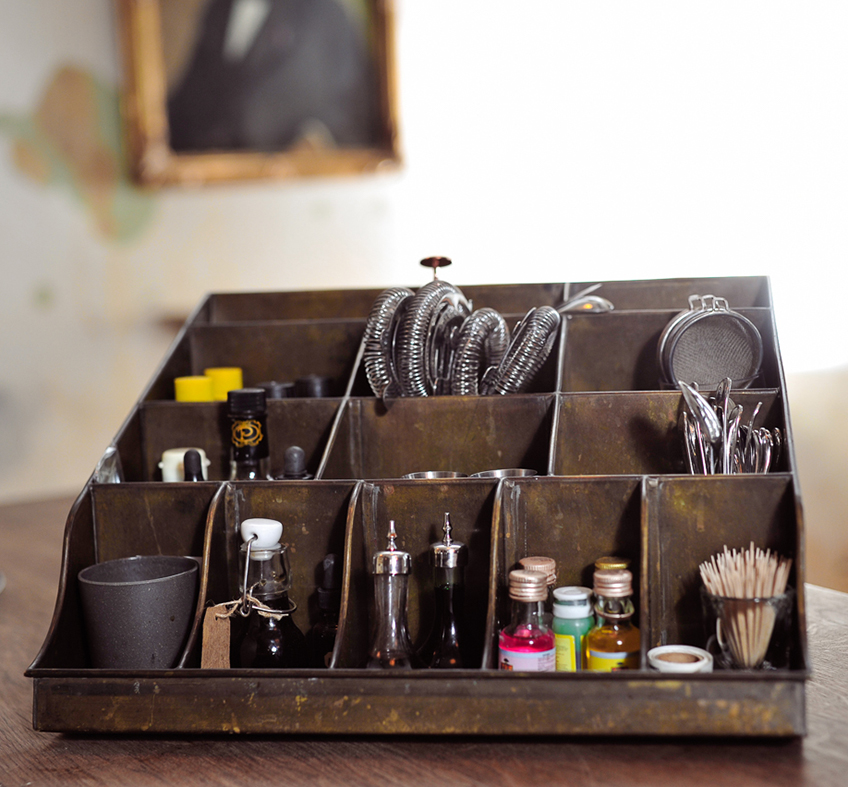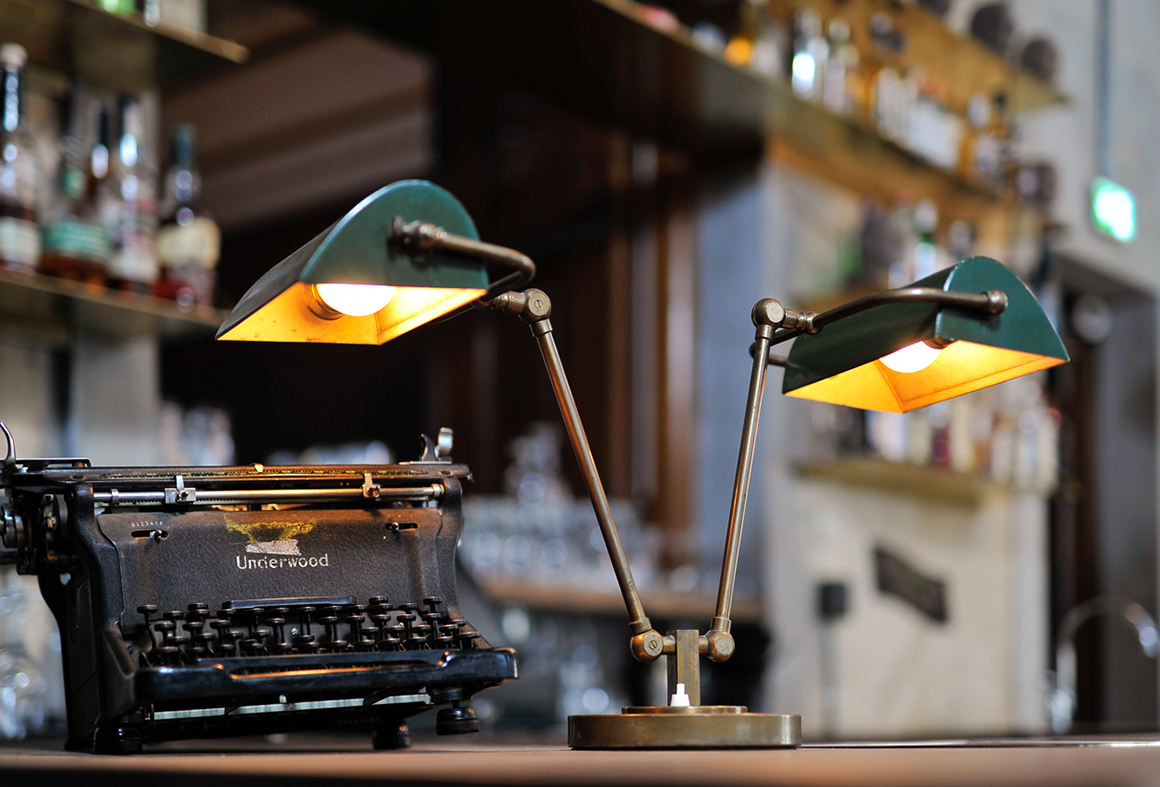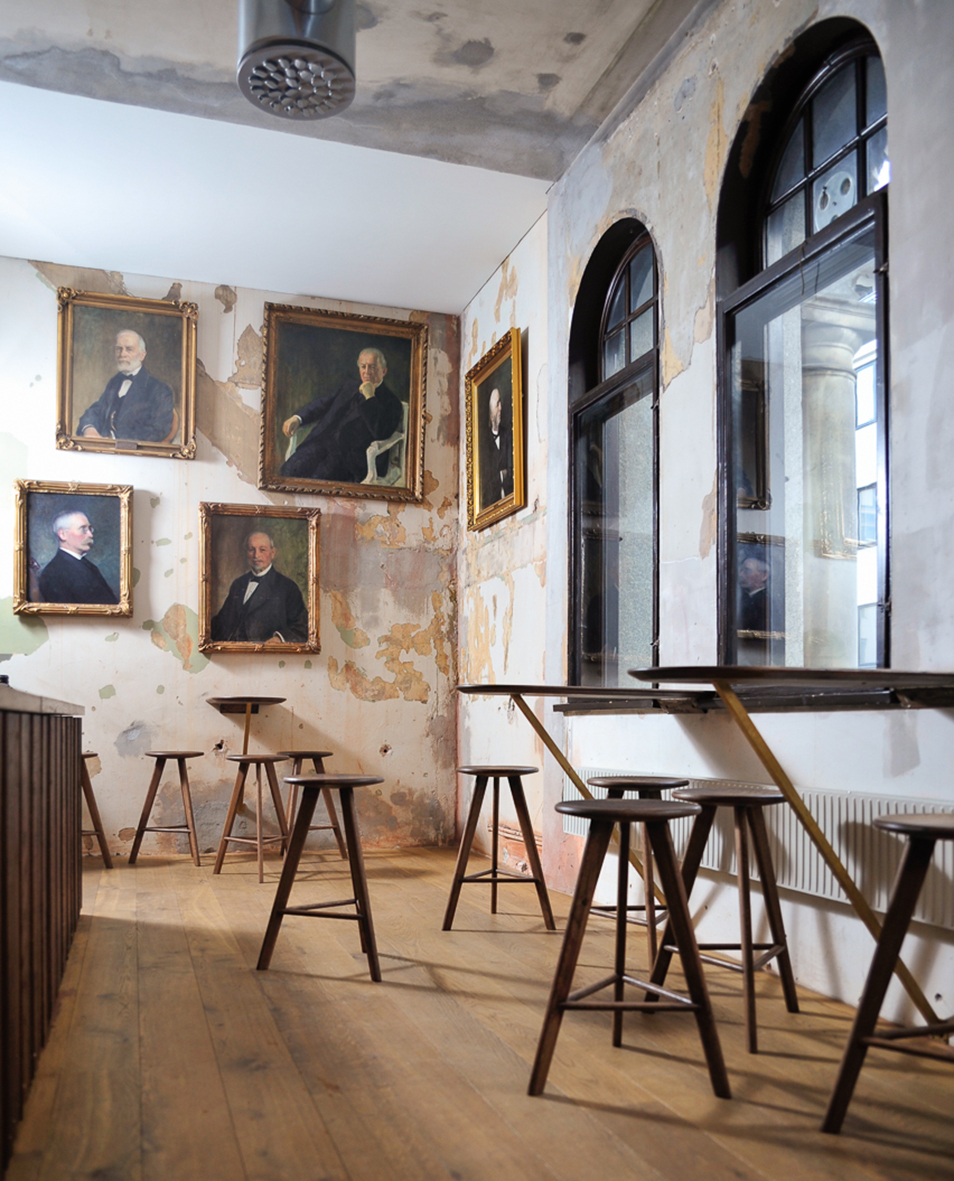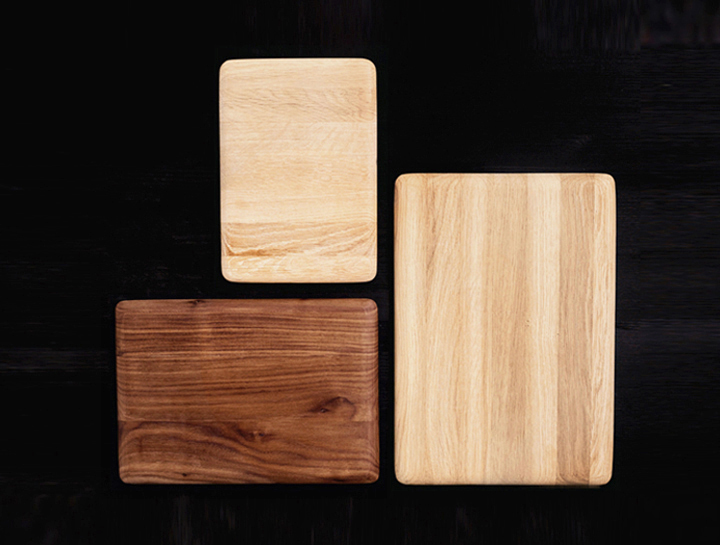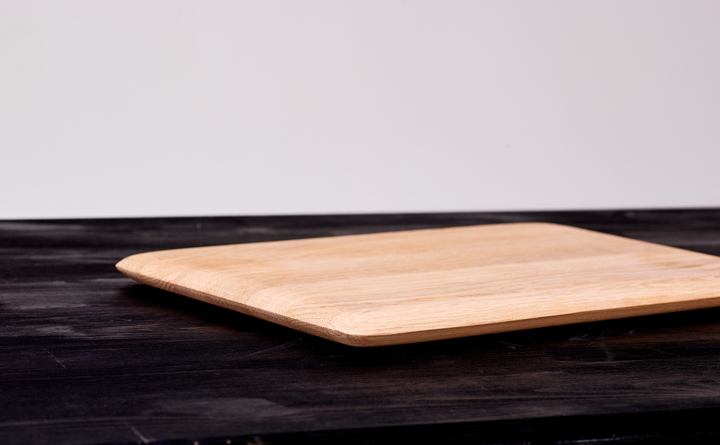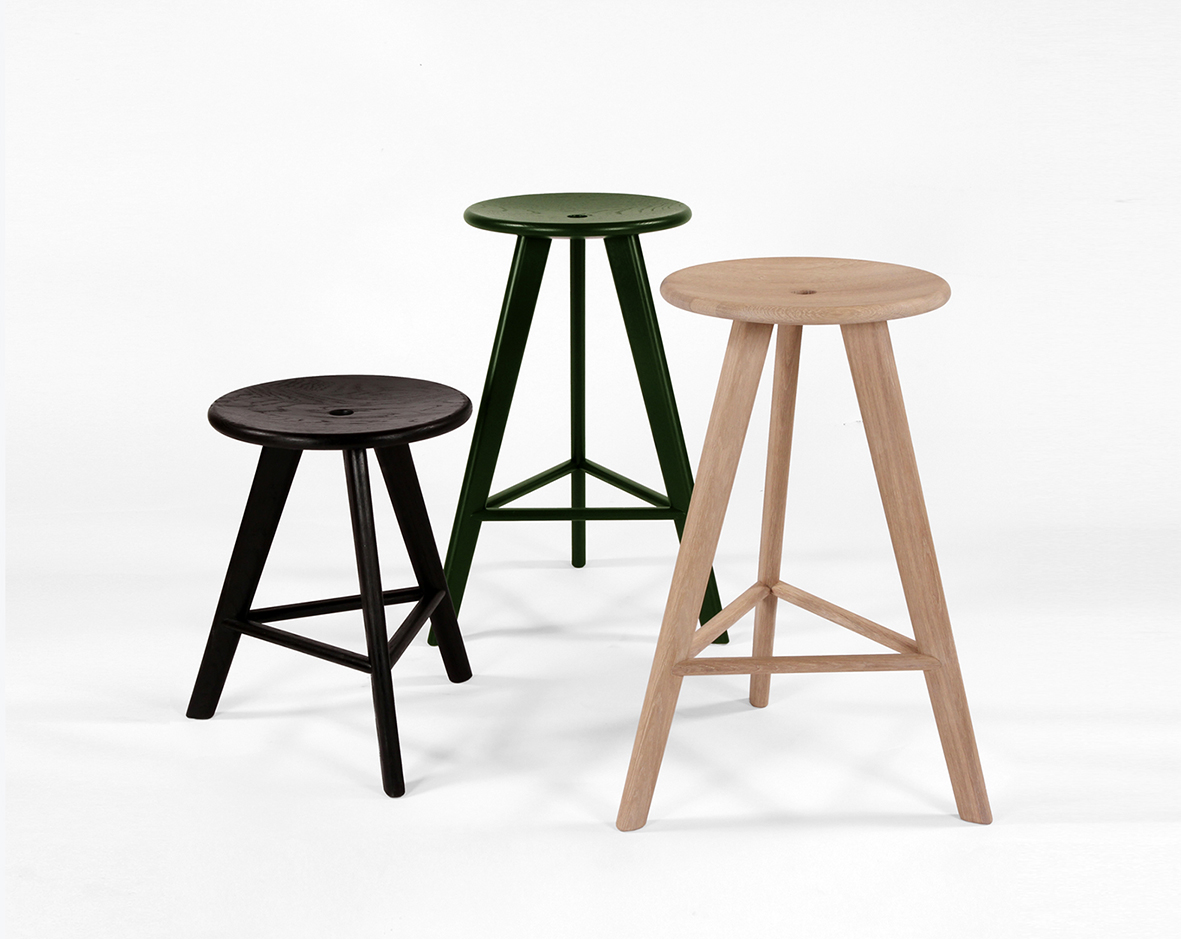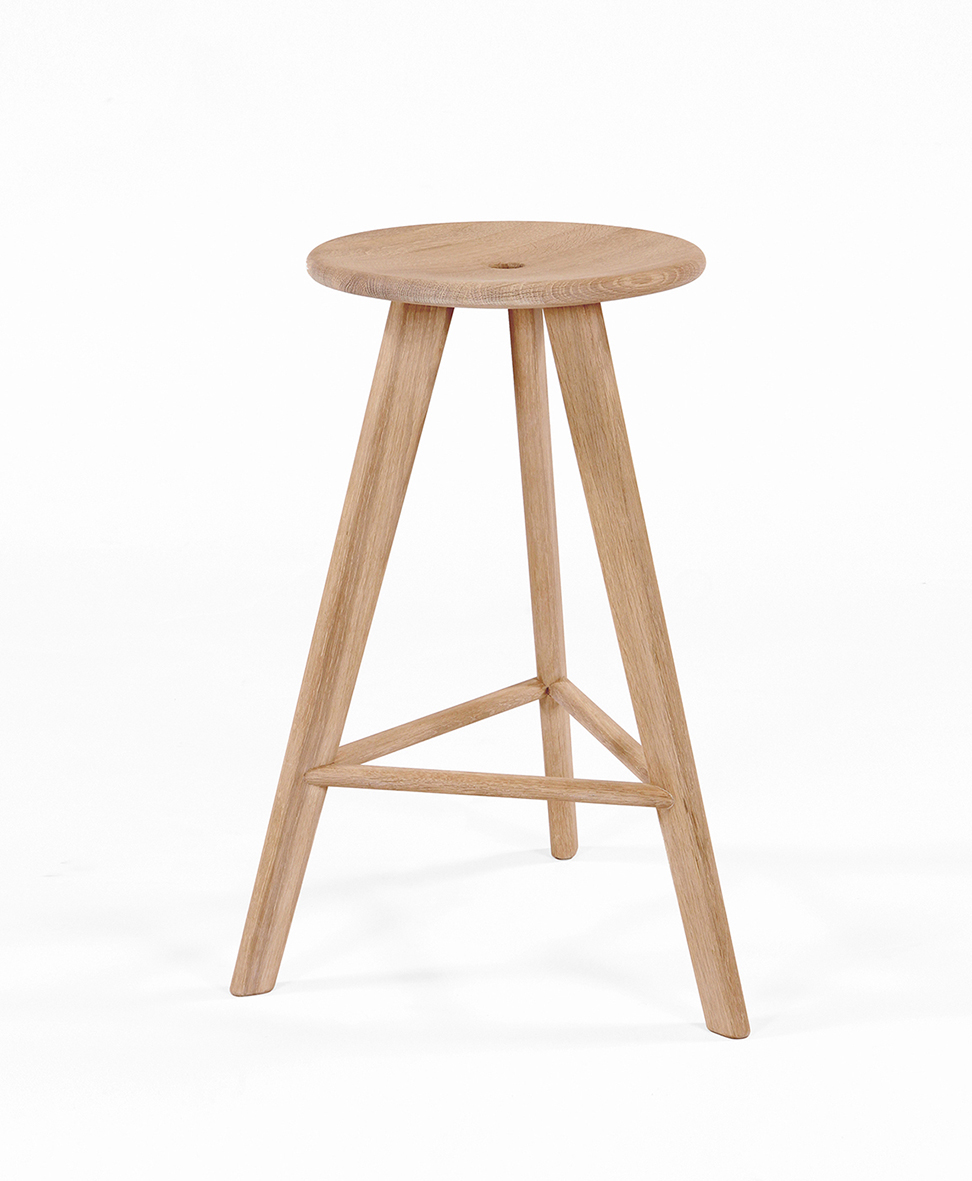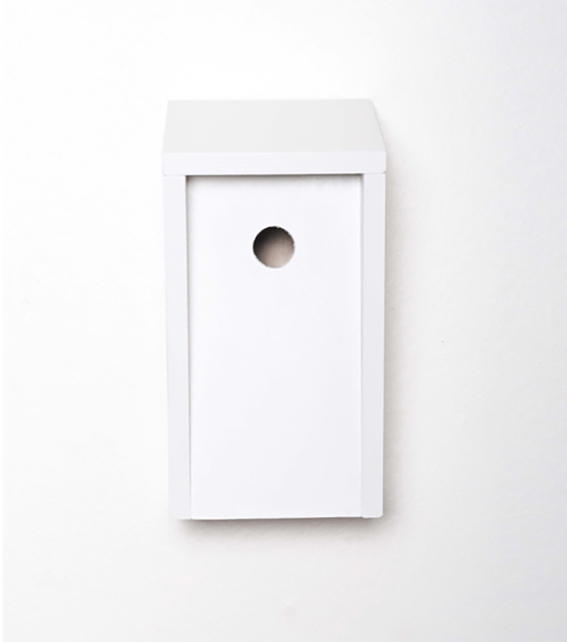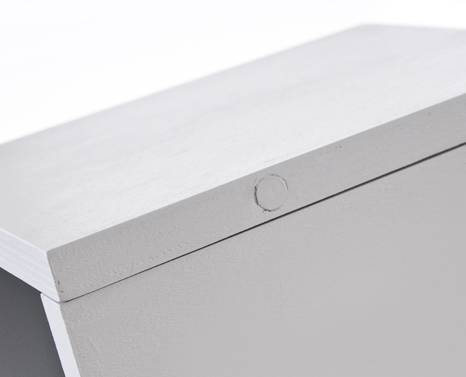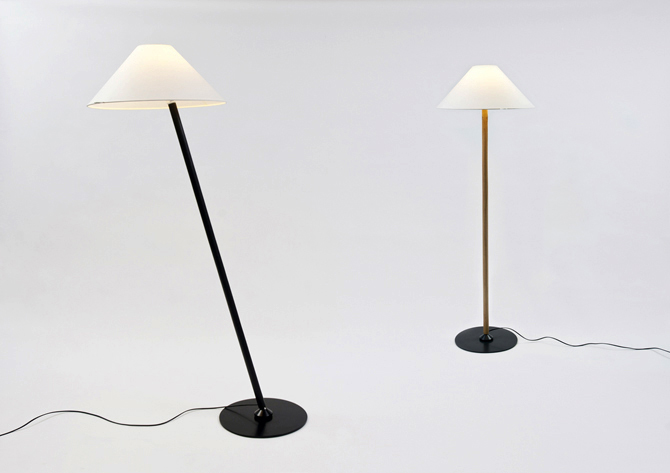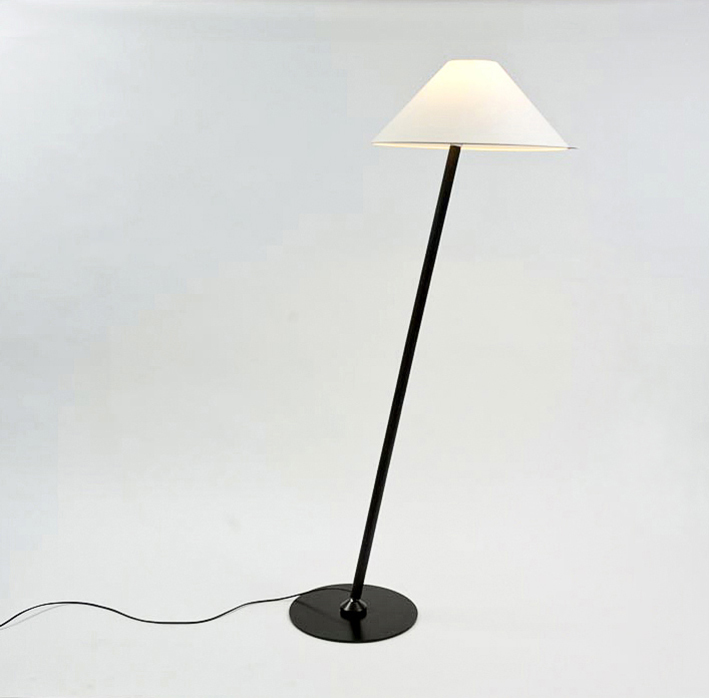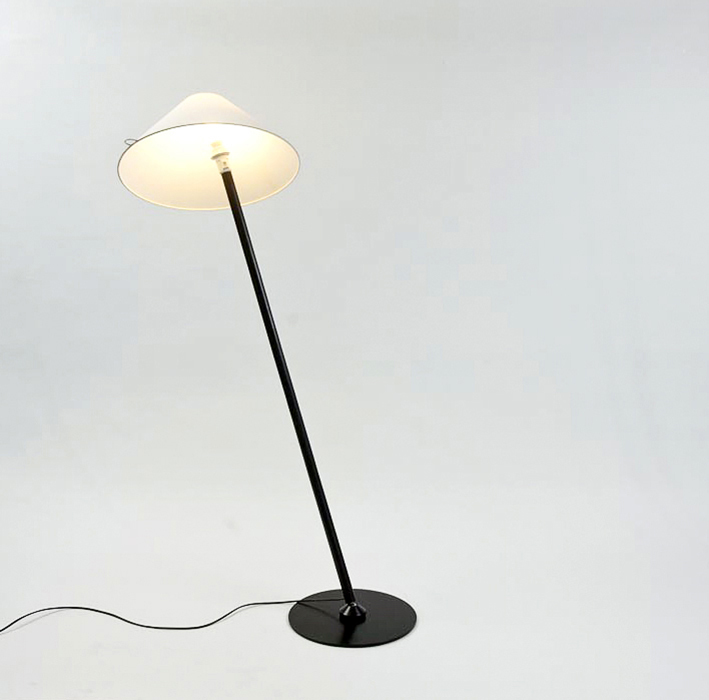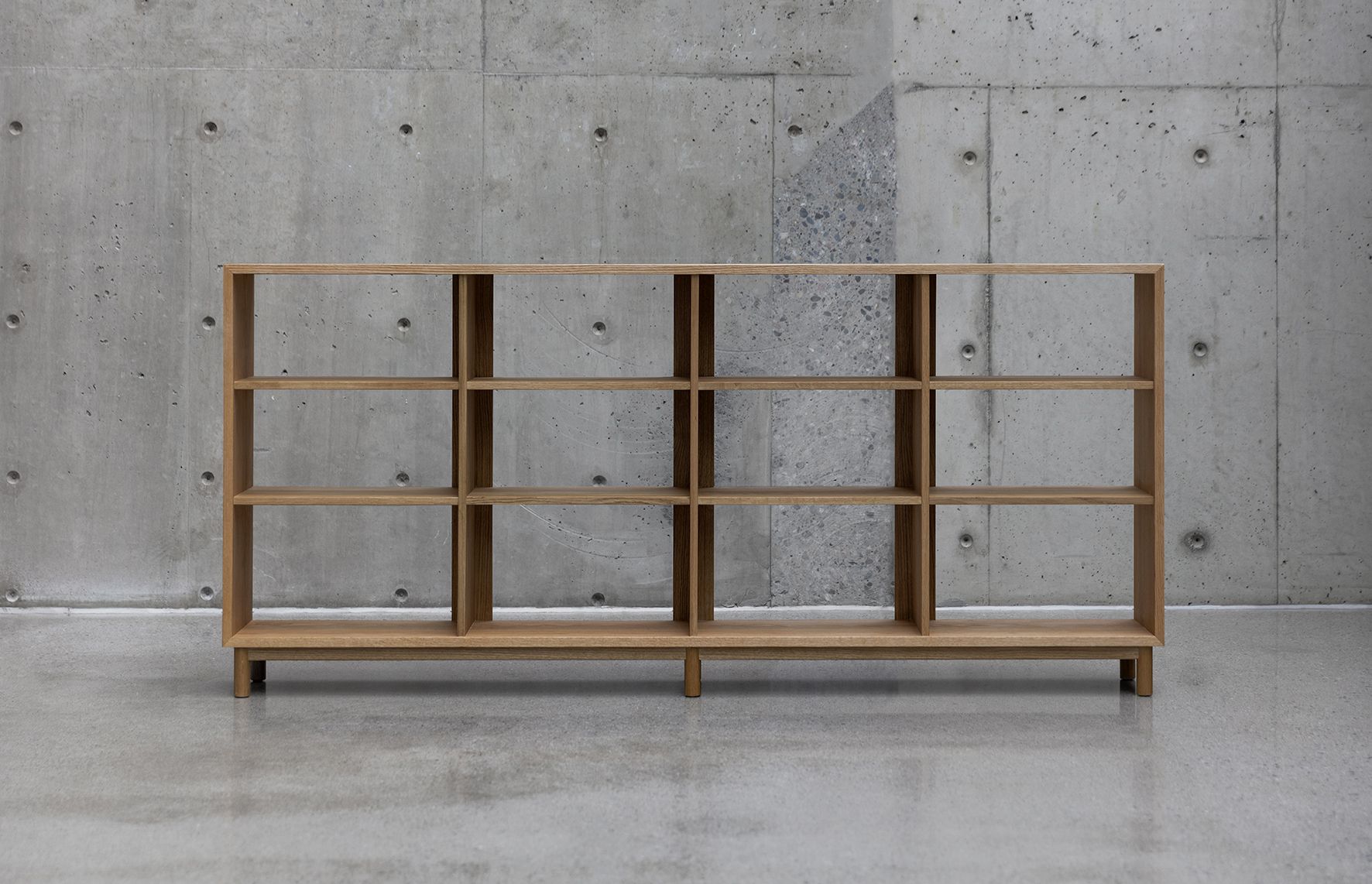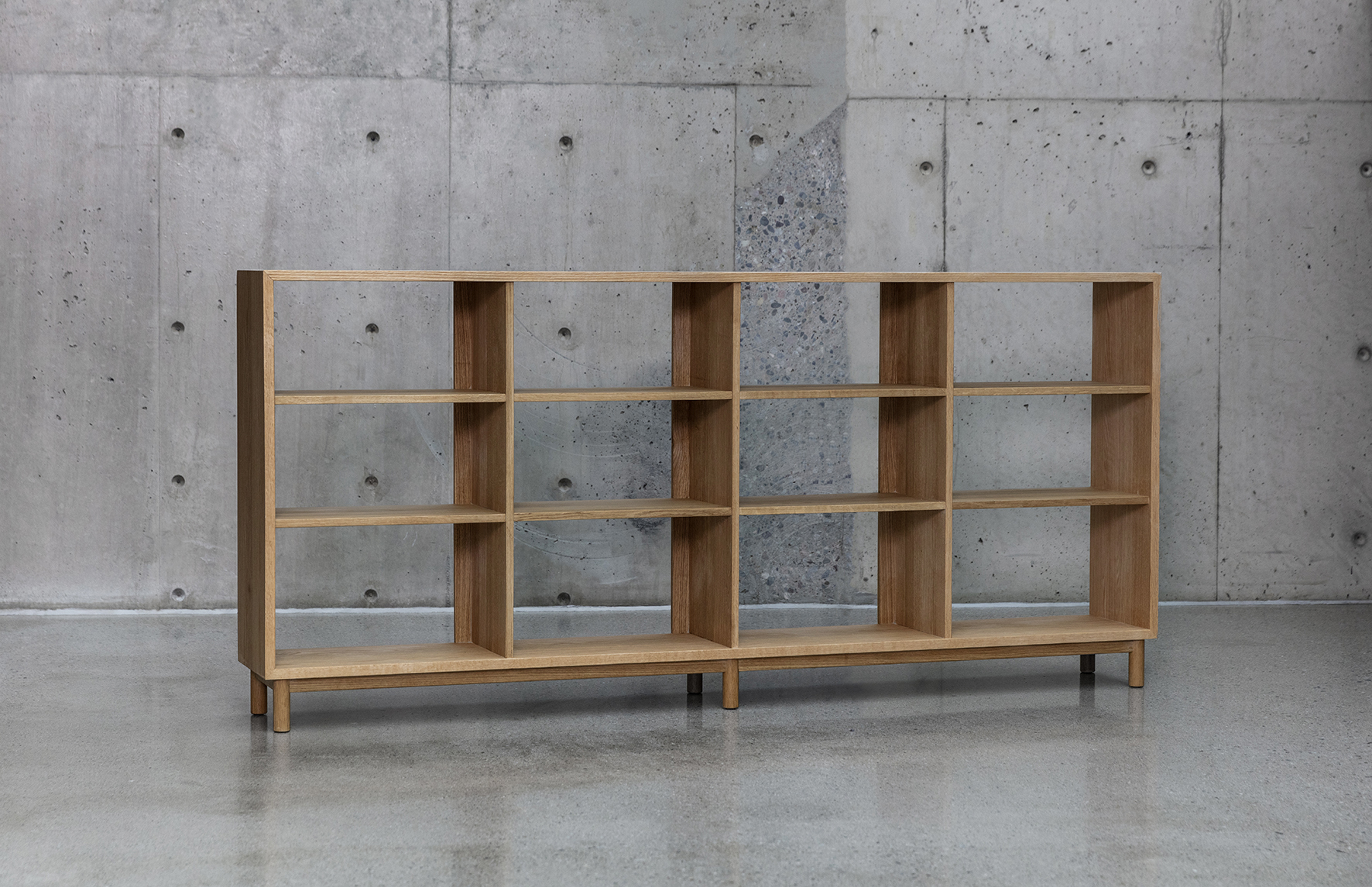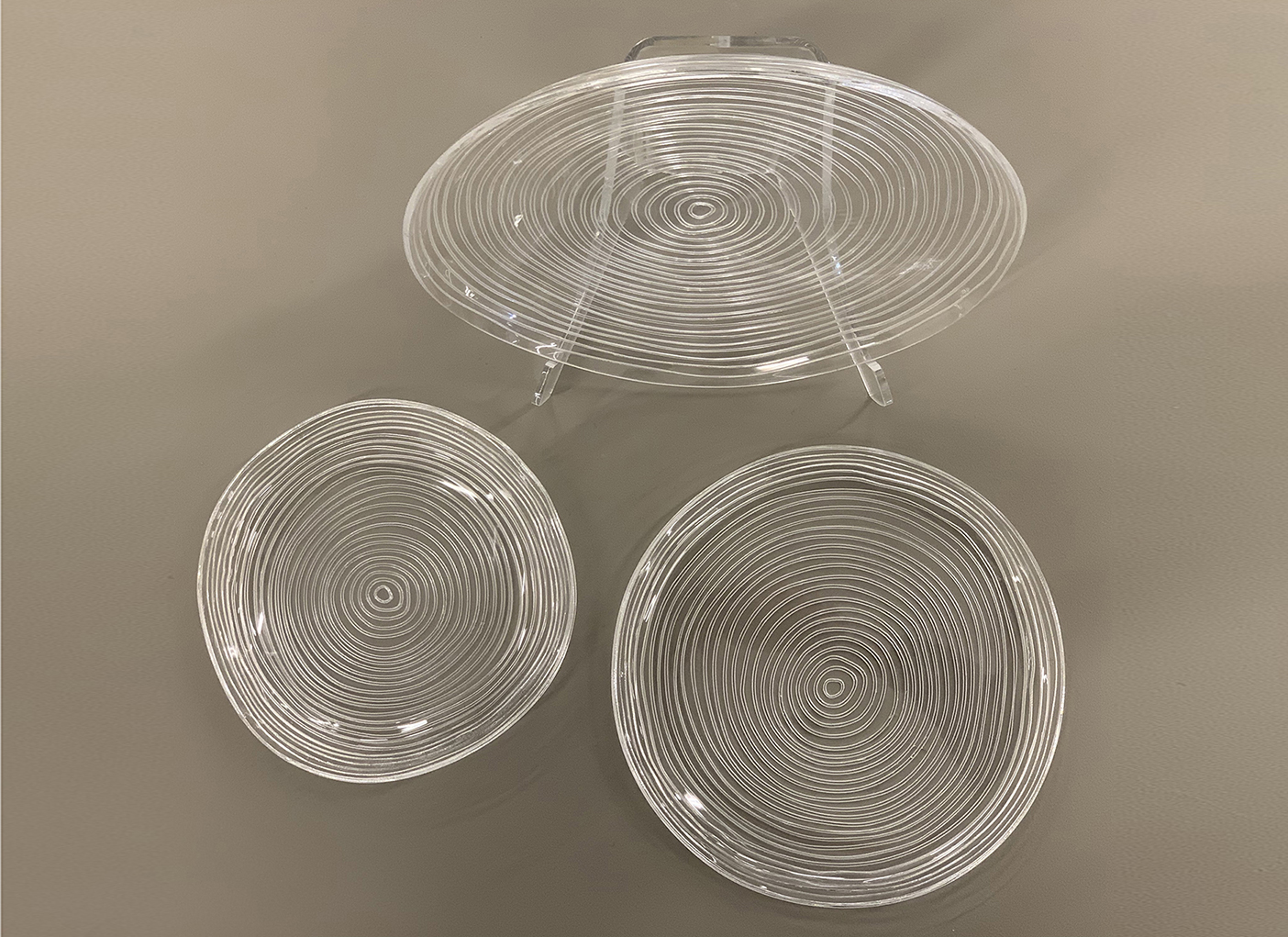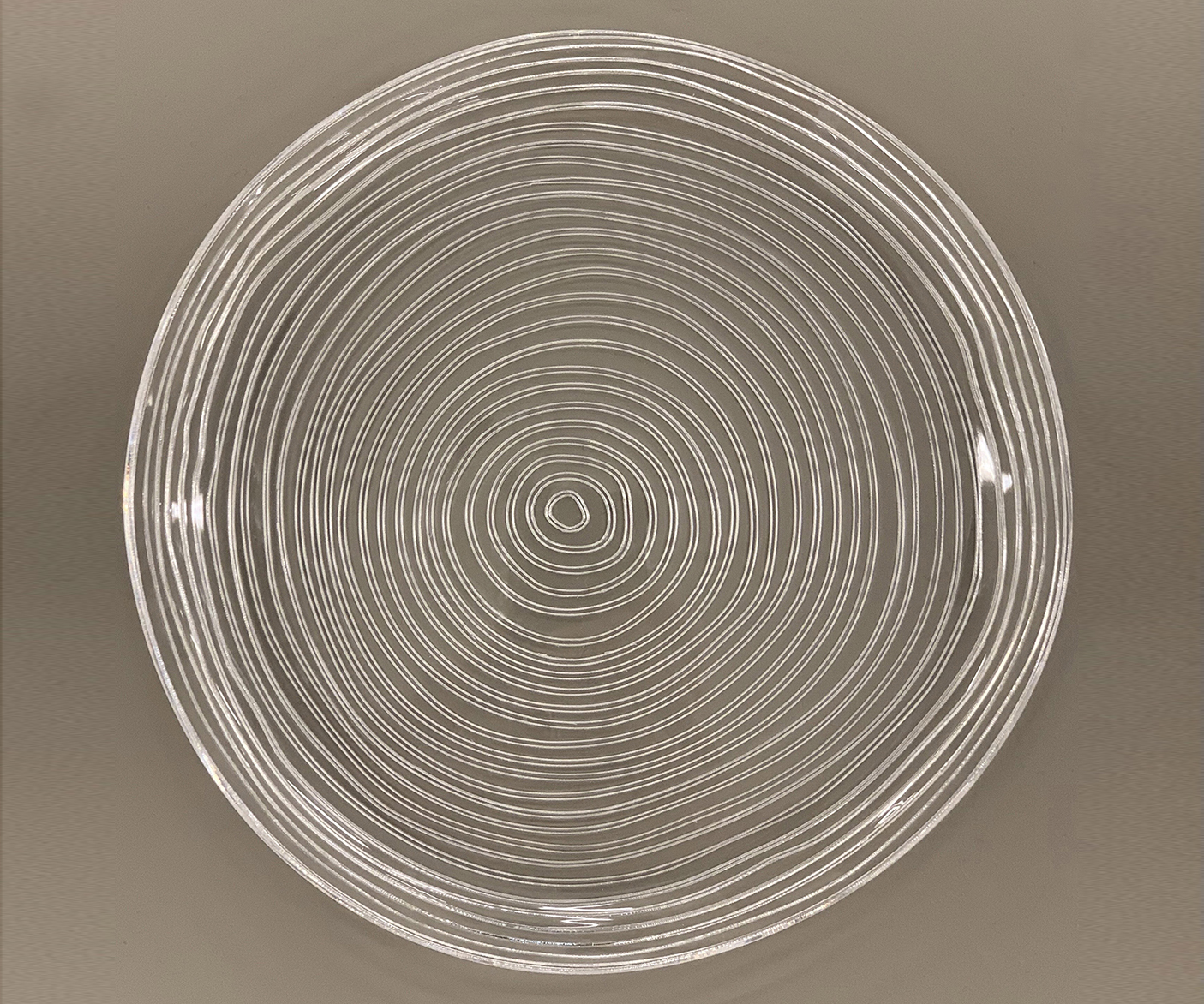The site contains a selection of my work produced during the last years and since graduating the Product and Furniture course at Kingston University London.
As a designer I am mostly interested in the many potential and existing ways of use of objects and surroundings. To me the user experience is the most important to a product, whereas materials and form, and functionality in context together make the experience.
After doing an internship with Joris Laarman and living and working in Amsterdam for two years I returned to Norway from where I originate and started my studio in Oslo.
I finished a second internship with Andreas Engesvik, Oslo in 2013.
Studio contact details:
Brenneriveien 9
0182 Oslo
Norway
Email: post@erikwester.com
Phone: +47 97724216
Instagram: @erik.wester
Photo: Christian Tunge
